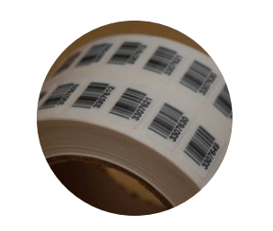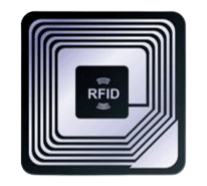We’ve all been there – trying to read the serial number embedded on a cylinder, tote, or other returnable asset wondering if one of the digits should be a ‘3’, an ‘8’, or a ‘B.'
And this could be particularly painful if you’re a chemical or gas distributor having to determine exactly which asset was delivered and returned from customers. Fortunately, TrackAbout’s innovative technology automates this otherwise painstaking and error-prone manual process using smartphones and labels.
Our cloud-based software solution helps you easily and efficiently capture a multitude of critical data points about your returnable containers, so you can monitor your assets as they move along your workflow. This information is collected via the TrackAbout app on your smartphone and instantly syncs with TrackAbout’s software for easy viewing and reporting.
.png?width=634&height=531&name=Untitled%20design%20(40).png)
Using TrackAbout, a simple scan automatically syncs all the information about your asset to the system, allowing businesses to easily track their returnable containers and cylinders. There are many factors to consider when choosing which type of label to use when tracking your assets. To maximize the benefits of your tracking software, it’s important to choose the labeling option that works best for your business.
Barcodes

Barcodes or QR codes are a popular, and proven, labeling option for returnable containers. Depending on a company’s specific needs, users can either use pre-printed barcodes or easily generate and print their own barcodes.
These barcodes can be scanned using any smartphone and the TrackAbout app, with the asset’s attributes automatically fed into the software database and safely logged as a trusted digital resource.
Although barcode readings are highly reliable and incredibly accurate, there are occasions when other labeling options may better serve the needs of a business. As an example, shipments heading to locations where temperatures and conditions are freezing may require an alternative method as barcodes cannot be scanned through ice or snow.
Barcodes may also not be the preferred labeling option if you’re regularly managing high volumes of containers and need to scan multiple tags at once.
Barcode Pros:
- Provides user-friendly and accessible tracking. Can be scanned from any smartphone, so no need for a dedicated reading device.
- Affordable. Low-cost, high quality, versatile labeling.
- Reliable. Barcodes are a mature and proven solution.
Barcode Cons:
- Weather limitations. Cannot scan through ice and snow.
- Slower for large volumes. Unable to scan multiple tags at once.
RFID Tags

Although not as widely used by packaged gas distributors, RFID tags are steadily growing in popularity.
Opting for this labeling method relies on radio frequencies to identify and track assets. To do this, you’ll need a dedicated reading tool, which makes for a more considerable investment.
However, if you’re a larger distributor handling a number of high-volume shipments, this could be the better choice.
Scanning each label individually can be a slow and daunting task that can easily result in additional stress, mistakes, and delays.
However, an RFID reader is capable of scanning multiple tags at once with just a single push of a button.
TrackAbout can be installed onto an RFID device, with all scanned information captured and synced to the software database. This so-called smart technology has a predefined frequency and read distance, meaning it can read only tags within its radius.
The downside? It may be possible to inadvertently pick up labels from another order within that range that you do not want to read.
Also, RFID is not always 100% accurate when the tag is attached to a steel container. The metal reflects the energy emitted from the readers and could therefore interfere with the RFID tag antennas. In these scenarios, barcodes should be used instead.
RFID Pros:
- Quick and easy for large orders. Scan multiple tags with one click.
- Weather-proof. Suitable for scanning through ice and snow.
RFID Cons:
-
Bigger investment. A dedicated reading device is required, so costs are higher.
-
Reader accuracy. Metal containers and other nearby tags can interfere with reader accuracy.
Ready to take the next step? Let our team assess your labeling needs in a free TrackAbout demo.
.png)

.png)

